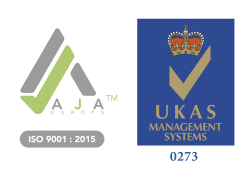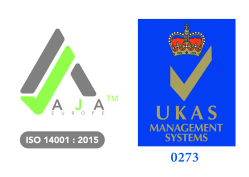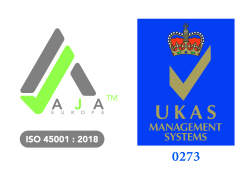Avoiding Food Poisoning During Lockdown
Avoiding Food Poisoning During Lockdown
Over the past three months, most of us have been furloughed or asked to work from home. Many of those who have been furloughed are now spending more time in the house, cleaning, exercising, watching TV and cooking. If you’ve been furloughed, perhaps you’re cooking more for yourself, family, friends and neighbours. If so, it’s more important than ever to maintain good hygiene. Are you certain that you’re storing your food correctly? Are you doing everything you can to avoid cross-contamination and avoid food poisoning?
How to Avoid Cross-Contamination
Did you know that 5.5 million people in the UK suffer from food poisoning each year? Here’s how you can avoid cross-contamination to keep safe.
• Use separate equipment and preparation areas for raw meat and other ingredients
• Store food in sealed containers
• Clean your hands and work surfaces before each stage of food preparation • Use disposable paper cloths or colour-coded cloths when disinfecting surfaces
• Set your fridge and freezer to the correct temperatures: between 3–5 °C for fridges and -18 °C for freezers.

You should also practise good personal hygiene to avoid contamination and food poisoning. Personal hygiene is all about our standard of dress and cleanliness. You can maintain good personal hygiene by:
• Regularly washing your hands, making sure not to miss your nails
• Covering cuts or wounds with blue first-aid dressings
• Coughing and sneezing into tissues and disposing of these immediately
• Tying back hair
• Removing jewellery
• Not smoking in food preparation areas
High-Risk People
The following groups of people are most at risk of becoming severely ill when they have food poisoning.
• Older people
• Babies and young children
• Pregnant women
• People who are already ill (immunocompromised)

Food Poisoning Contaminants
These are the four contaminants that can cause food poisoning when they are present in a food product. When you practise good personal hygiene, you can avoid these contaminants.
• Biological, microscopic organisms – remember B for bacteria
• Physical objects
• Chemicals
• Allergens (usually proteins that damage the immune system within minutes)

Microscopic organisms multiply when they have access to the following four conditions:
• Food – they multiply on high-risk foods
• Moisture – they need a certain level of moisture to grow
• Warmth – they thrive in warm temperatures, multiplying most quickly at 37 oC
• Time – they split (multiply) into two every 10–20 minutes
Food Allergies
Allergens are an increasing problem. Today there are 1–2% of adults and 5–8% of children that have a food allergy, totalling at approximately 1.5 million people in the UK.
Consuming food contaminated with an allergen can cause a person who is allergic to experience a rash, burning sensation, swelling and difficulty breathing. In severe cases, consuming food that contains an allergen can cause an anaphylactic shock, which could result in death.
Make sure you know about any allergies before preparing food for family, friends or neighbours.







